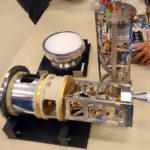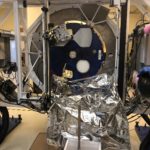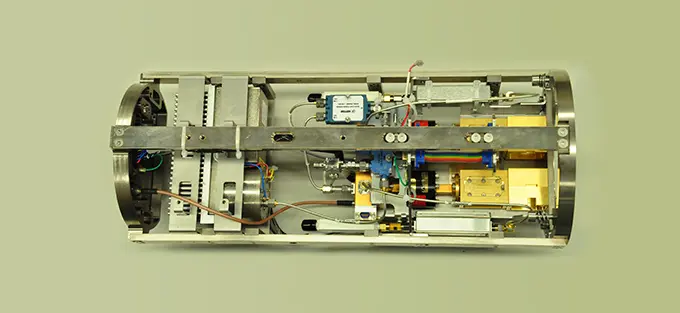ALMA Goes to New (Wave)Lengths
The Atacama Large Millimeter/submillimeter Array (ALMA) achieved first light with new Band 1 receivers, setting a new record for the most extended wavelengths capabilities with its radio antennas. This achievement opens a window on the Universe previously inaccessible at the telescope, thanks to an international team of engineers.
ALMA observes the Universe over a wide range of radio wavelengths within the millimeter and submillimeter section of the electromagnetic spectrum with the help of specialized receivers. Each one is sensitive to a particular band of wavelengths. Currently, eight out of the ten bands designed initially in the system have been deployed on the antennas, covering all wavelengths of atmospheric transparency between 0.3 and 3.6 mm. The remaining two bands, which cover between 3.6mm and 8.5mm, are in various development and deployment stages.
The international team worked hard to integrate the receiver in the ALMA telescope and perform test observations under challenging conditions. “One of the most challenging issues has been the remote coordination of the activities of all the people involved,” says Giorgio Siringo, ALMA Senior RF Engineer, “that has been carried out from different continents during the pandemic emergency.”
For any new receiver, the successful ‘first light’ marks a major breakthrough as it is the first time that an astronomical signal (light) goes through the entire telescope, from the antenna that is collecting the light, through the receiver with all the backend electronics, to a computer screen, at the end of the chain, displaying the result. It is the ultimate test that design, fabrication, and assembly are all perfect. After around 10 years of hard and meticulous work, the Band 1 receiver successfully achieved first light with successful observations of the edge of the Moon on 14 August 2021, followed by the first successful interferometry test observations with two antennas with Band 1 receivers on 17 August, and the acquisition of the first radio spectrum on 27 August. During the test observations, the new receivers successfully received signals from various objects from near to far, including planets (Venus, and Mars), evolved stars and molecular clouds (Orion KL and VY Canis Majoris) in our Galaxy, and extra-galactic distant quasars (3C 279), and the team confirmed the receiver's performance.
The Band 1 receiver, once installed on all 66 ALMA antennas, will break new ground in various science areas. The new receiver will allow astronomers to peer out at the distant redshifted Universe further than any other receiver on ALMA. Band 1 is also much anticipated to make the next breakthrough discoveries in the study of planet formation. The production of receivers for all ALMA antennas is currently being completed in Taiwan, aiming to offer this new band for open-use observations from Cycle 10, starting in October 2023.
“It will enable the detection of centimeter-sized dust grains and small pebbles in regions where planets can form. With this we can study the growth of dust grains and eventually understand how planets form out of interstellar dust”, says Hsi-Wei Yen, the Band 1 project scientist at Taiwan’s Academia Sinica Institute of Astronomy and Astrophysics (ASIAA).
The development of the ALMA Band 1 is led by ASIAA, supported by an international team comprising the National Astronomical Observatory of Japan (NAOJ), the University of Chile, the National Radio Astronomy Observatory (NRAO), the Herzberg Institute of Astrophysics in Canada and the National Chung-Shan Institute of Science and Technology in Taiwan. Since the beginning, the University of Chile has been involved in the project, helping to develop and produce optical elements such as the lenses and horn antennas for the Band 1 receivers.
Recently, the ALMA board signed a contract to develop the last missing set of ALMA receivers (Band 2), which a consortium of European institutions will lead.
ALMA is a partnership of ESO (representing its member states), NSF (USA) and NINS (Japan), together with NRC (Canada), MOST and ASIAA (Taiwan), and KASI (Republic of Korea), in cooperation with the Republic of Chile. The Joint ALMA Observatory is operated by ESO, AUI/NRAO and NAOJ.
Images
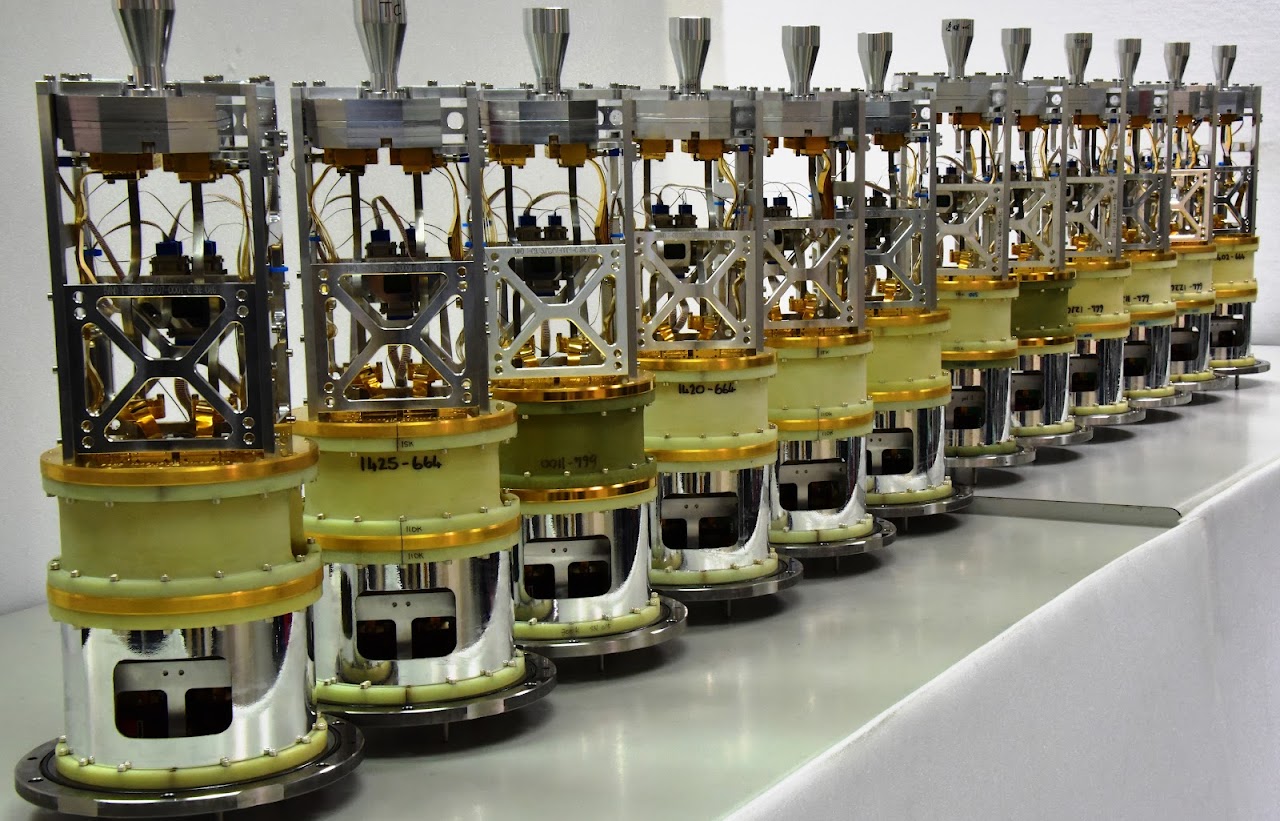
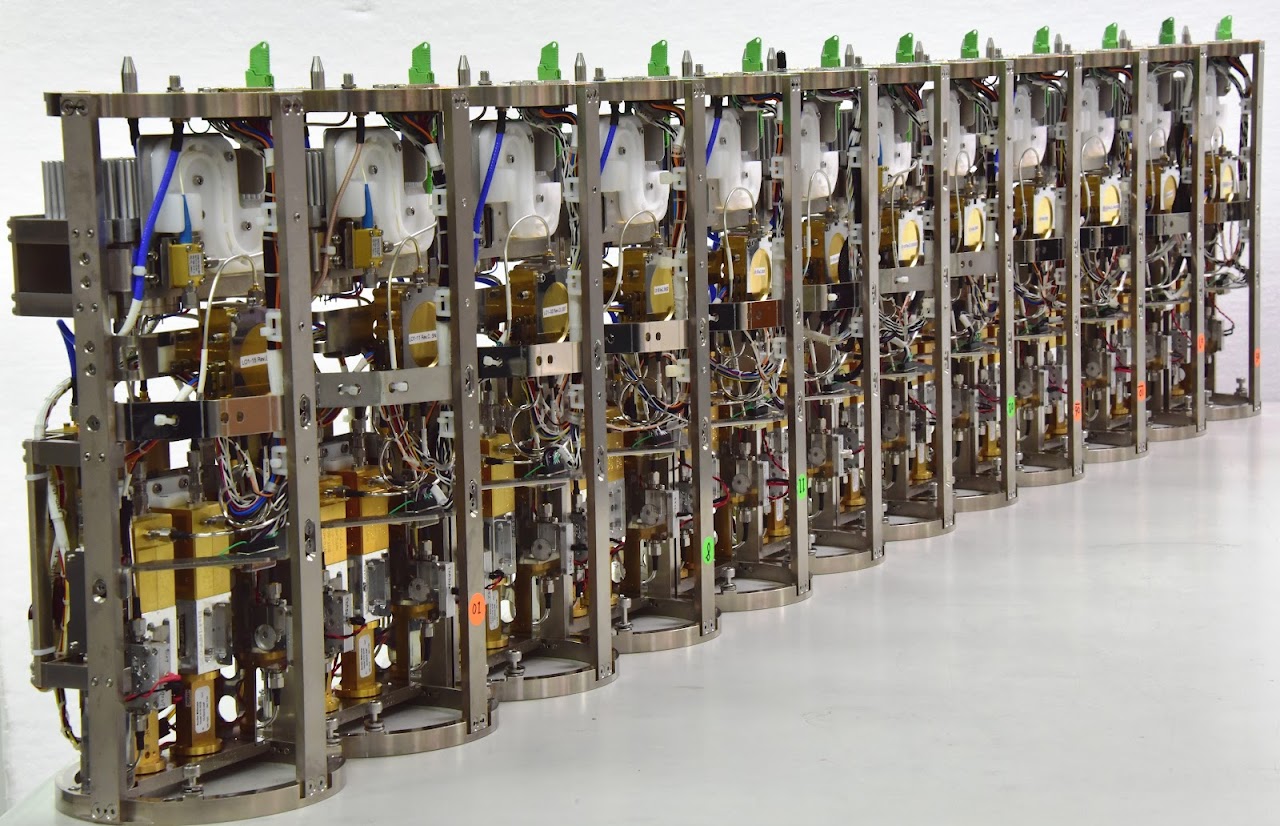
Credits: ASIAA/Yuh-Jing Hwang and ASRD
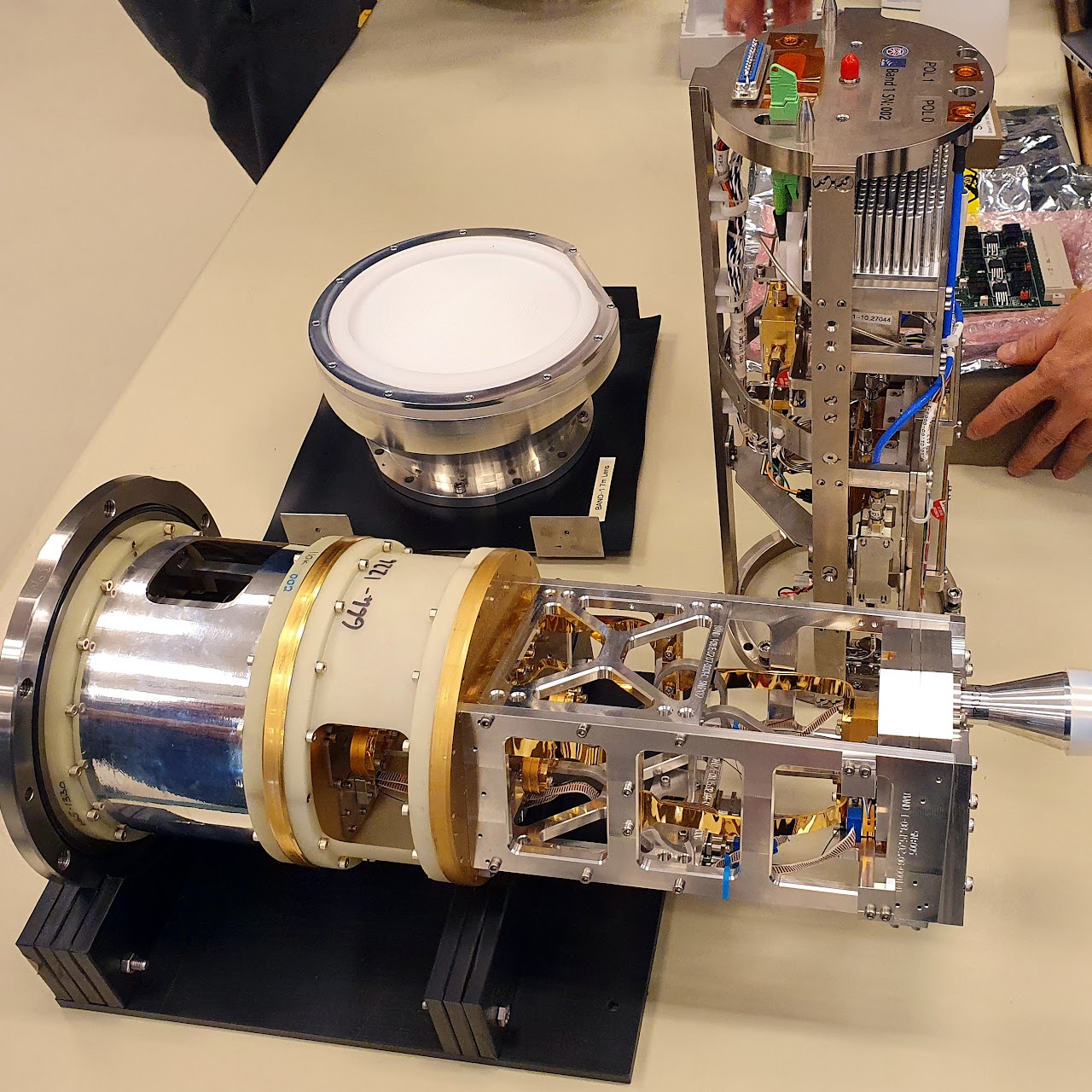

Credit: G.Siringo - ALMA (ESO/NAOJ/NRAO)
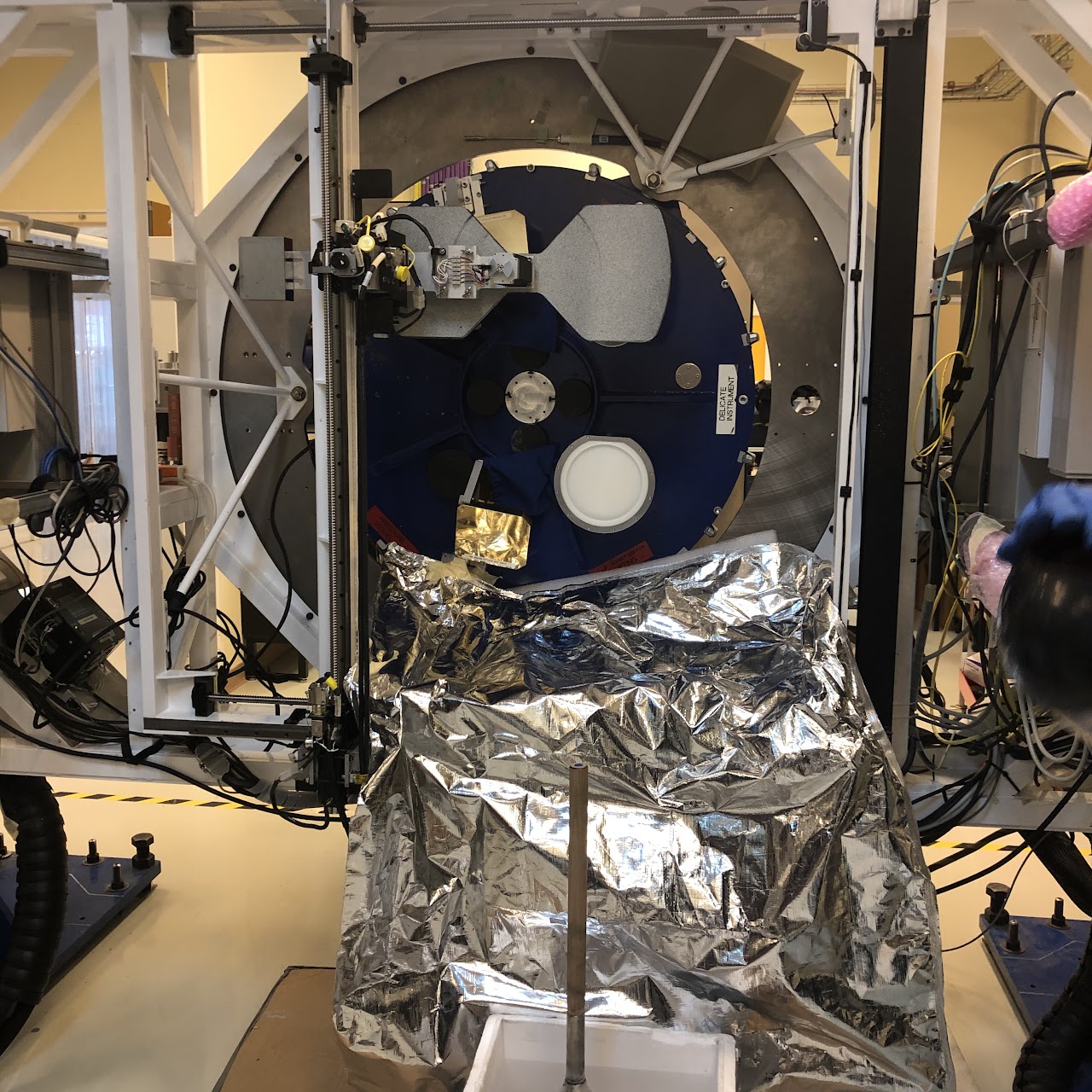
Credit: Yuh-Jing Hwang - ASIAA
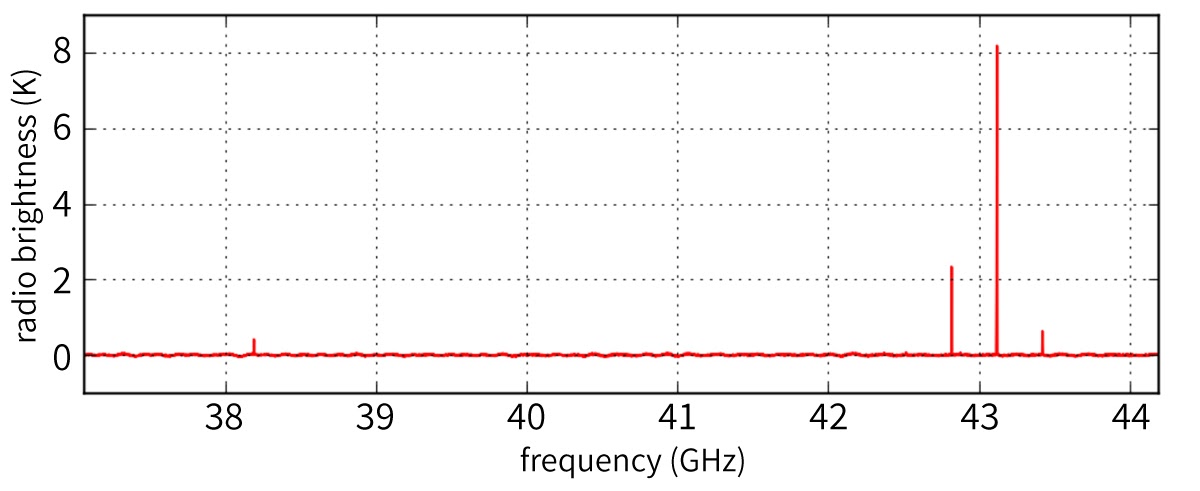
Credit: ALMA (ESO/NAOJ/NRAO)
Contacts
-
Nicolás Lira
Education and Public Outreach CoordinatorJoint ALMA Observatory, Santiago - ChilePhone: +56 2 2467 6519Cel: +56 9 9445 7726Email: [email protected] -
Masaaki Hiramatsu
Education and Public Outreach Officer, NAOJ Chile -
Amy C. Oliver
Public Information & News Manager -
Bárbara Ferreira
ESO Media Manager



